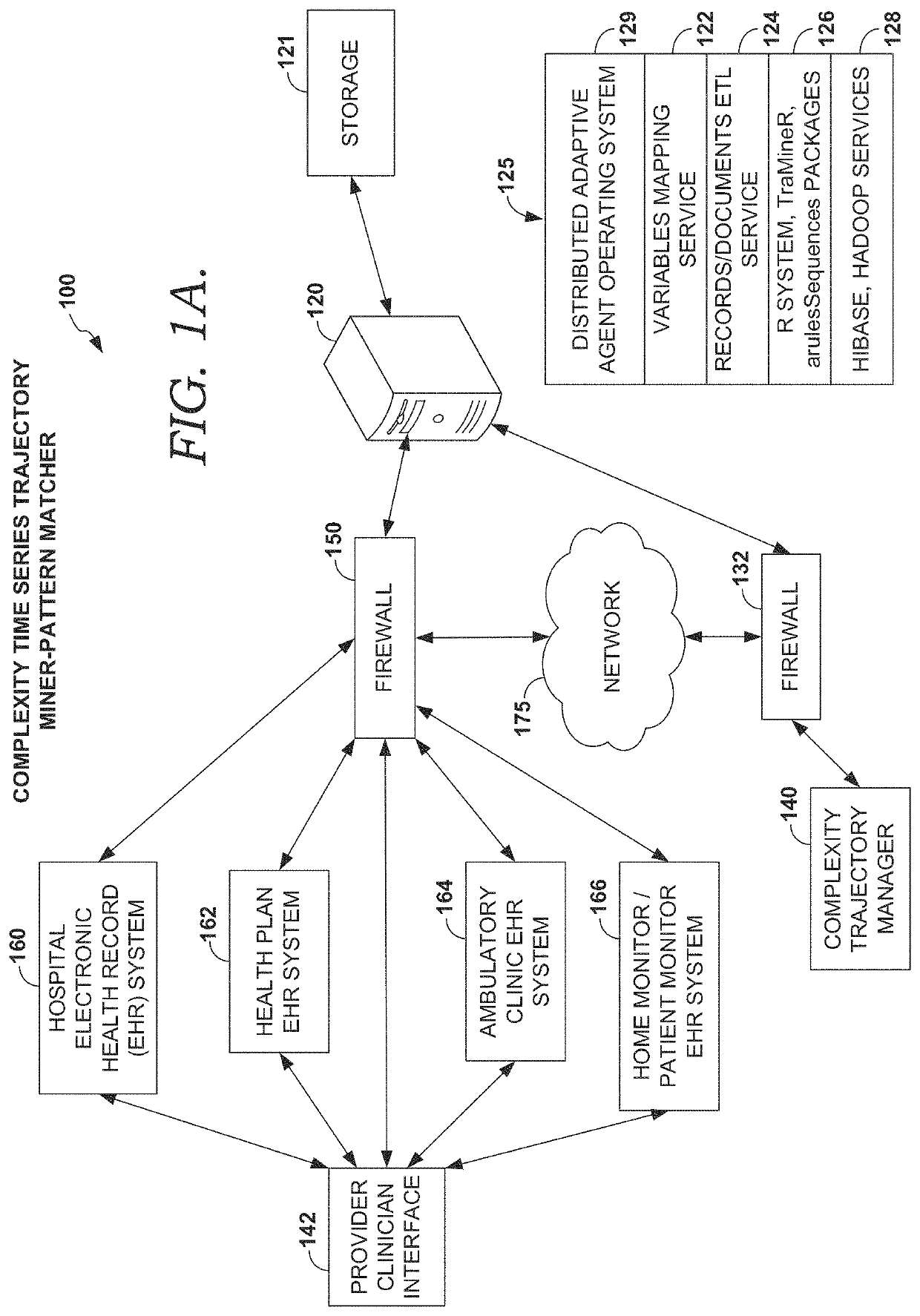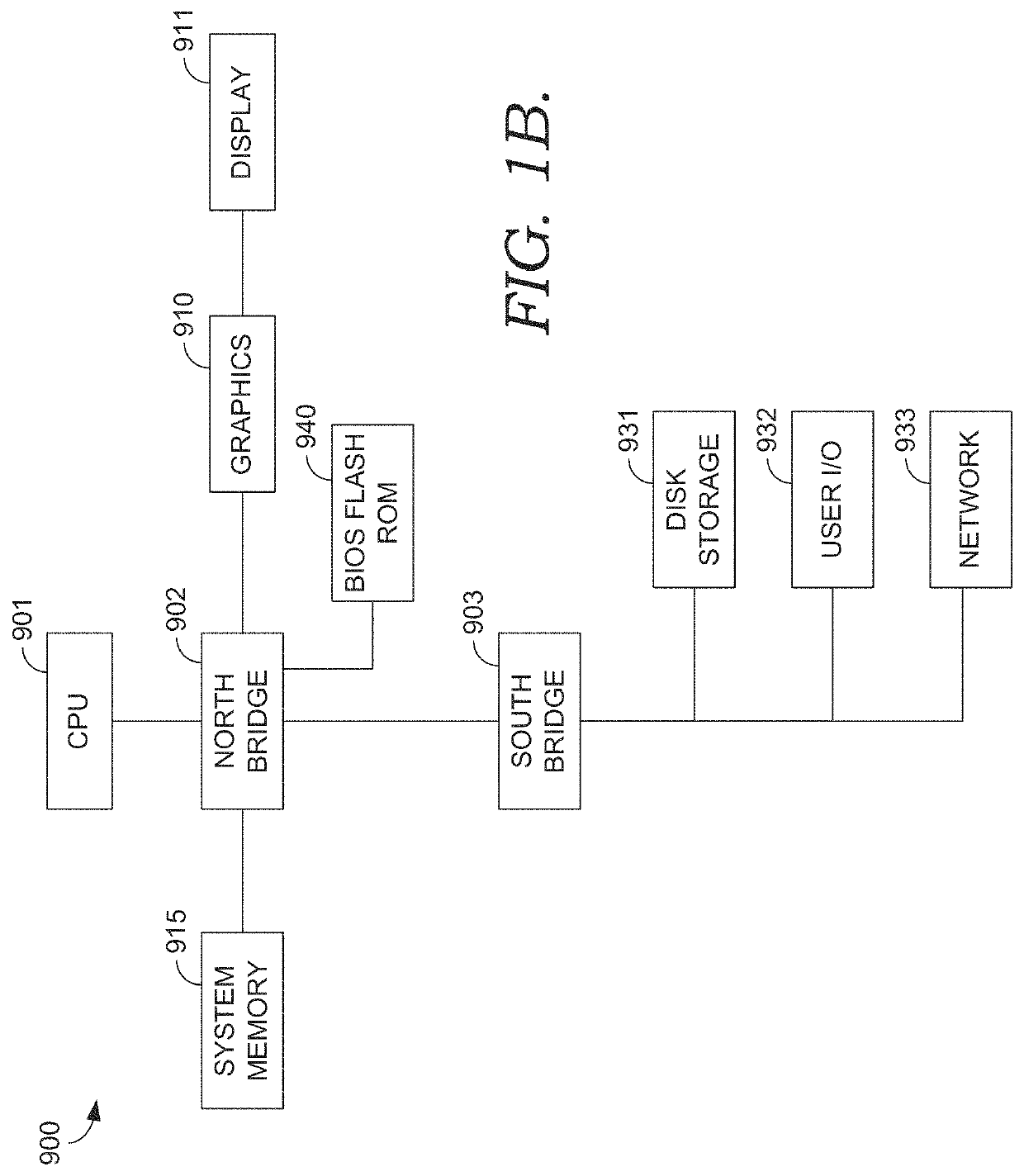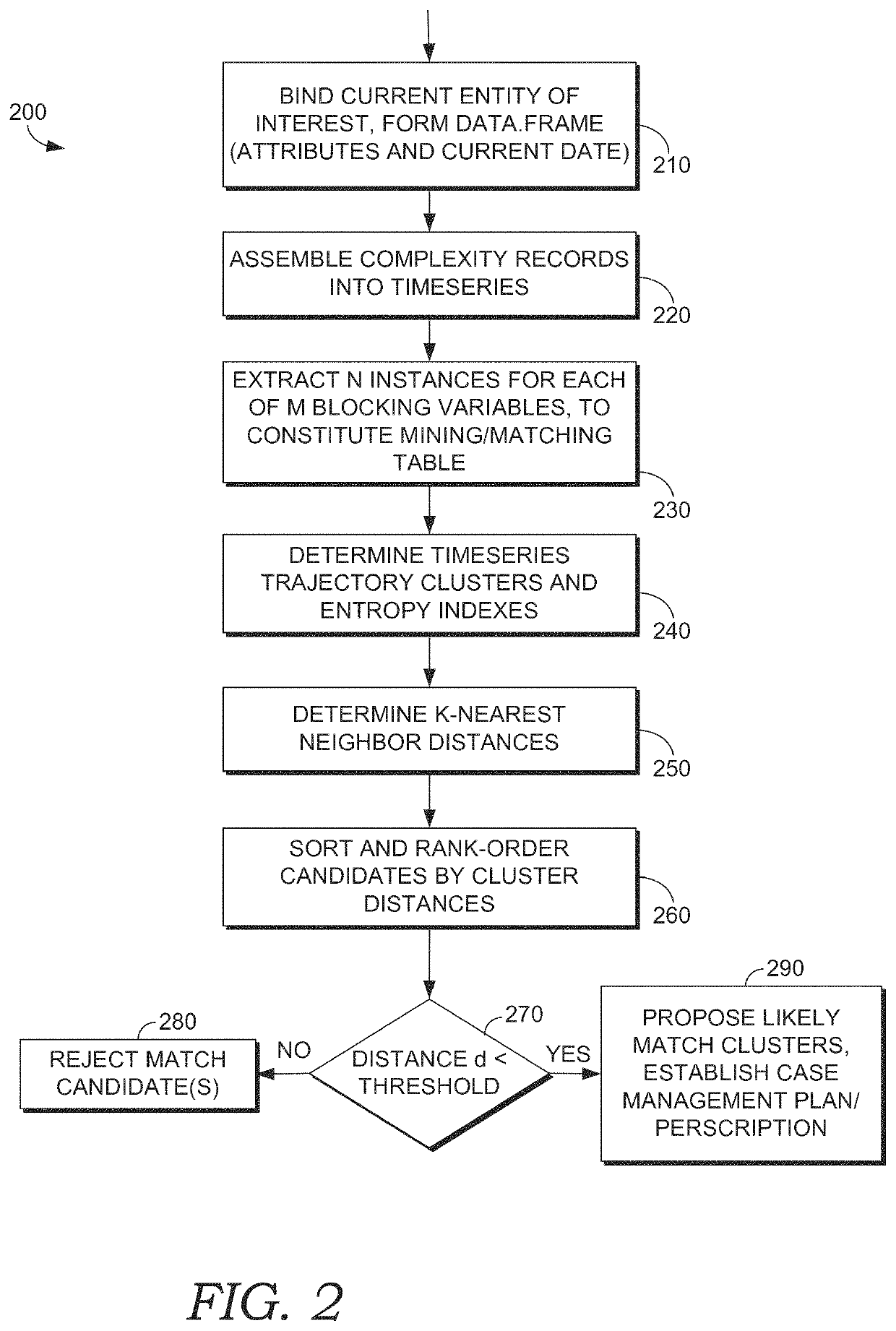Discovering context-specific complexity and utilization sequences
a context-specific complexity and utilization sequence technology, applied in the field of discovery context-specific complexity and utilization sequences, can solve the problems of frequent return with recurrence of patient condition or exacerbation of problems, patients consume a disproportionate amount of services, so as to facilitate more efficient health services utilization and reduce case complexity and care complexity
- Summary
- Abstract
- Description
- Claims
- Application Information
AI Technical Summary
Benefits of technology
Problems solved by technology
Method used
Image
Examples
example reductions
[0087-to-practice of embodiments of the order recommender have been applied to in-patient acute-care medication ordering on (a) community-acquired pneumonia (CAP) cases and (b) COPD cases. Specifically, the COPD frequent-sequence itemsets involve inhaled corticosteroids, short-acting beta-agonists, long-acting beta-agonists, tachycardia management, pulmonary hypertension management with (PDE5 inhibitors like Adcirca; endothelin blockers like Tracleer; prostaglandins like Ventavis), and heart failure management. The CAP frequent-sequence itemsets involve beta-lactam, fluoroquinolone, macrolide, ketolide, and other antibiotics, additional meds in non-responders, ‘adjunctive’ meds (tifacogin; corticosteroids; etc.) in more severe cases, influenza / pneumococcal vaccines, and ARDS-related drugs in patients sick enough to be put on ventilator.
[0088]It will be understood that certain features and subcombinations are of utility and may be employed without reference to other features and subc...
PUM
 Login to View More
Login to View More Abstract
Description
Claims
Application Information
 Login to View More
Login to View More - R&D
- Intellectual Property
- Life Sciences
- Materials
- Tech Scout
- Unparalleled Data Quality
- Higher Quality Content
- 60% Fewer Hallucinations
Browse by: Latest US Patents, China's latest patents, Technical Efficacy Thesaurus, Application Domain, Technology Topic, Popular Technical Reports.
© 2025 PatSnap. All rights reserved.Legal|Privacy policy|Modern Slavery Act Transparency Statement|Sitemap|About US| Contact US: help@patsnap.com



